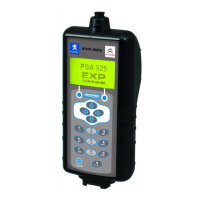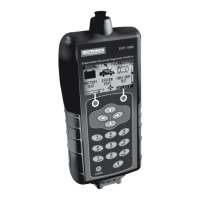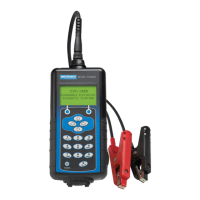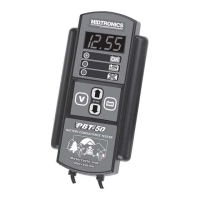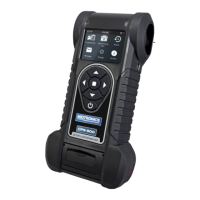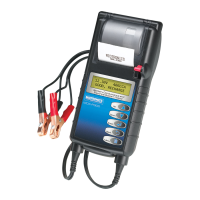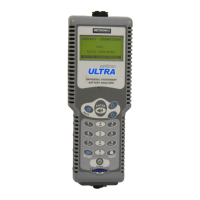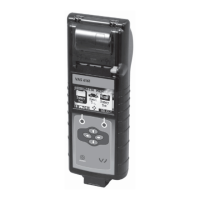How to fix Midtronics EXP-925 Test Equipment display that does not turn on?
- SSandra JohnsonAug 4, 2025
If the display on your Midtronics Test Equipment doesn't turn on, check the connection to the vehicle battery and press the POWER button. If that doesn't work, the vehicle’s battery may be too low to power the analyzer (below 1 volt); fully charge the battery and retest. Also, the analyzer’s 6 AA batteries may need replacement.
